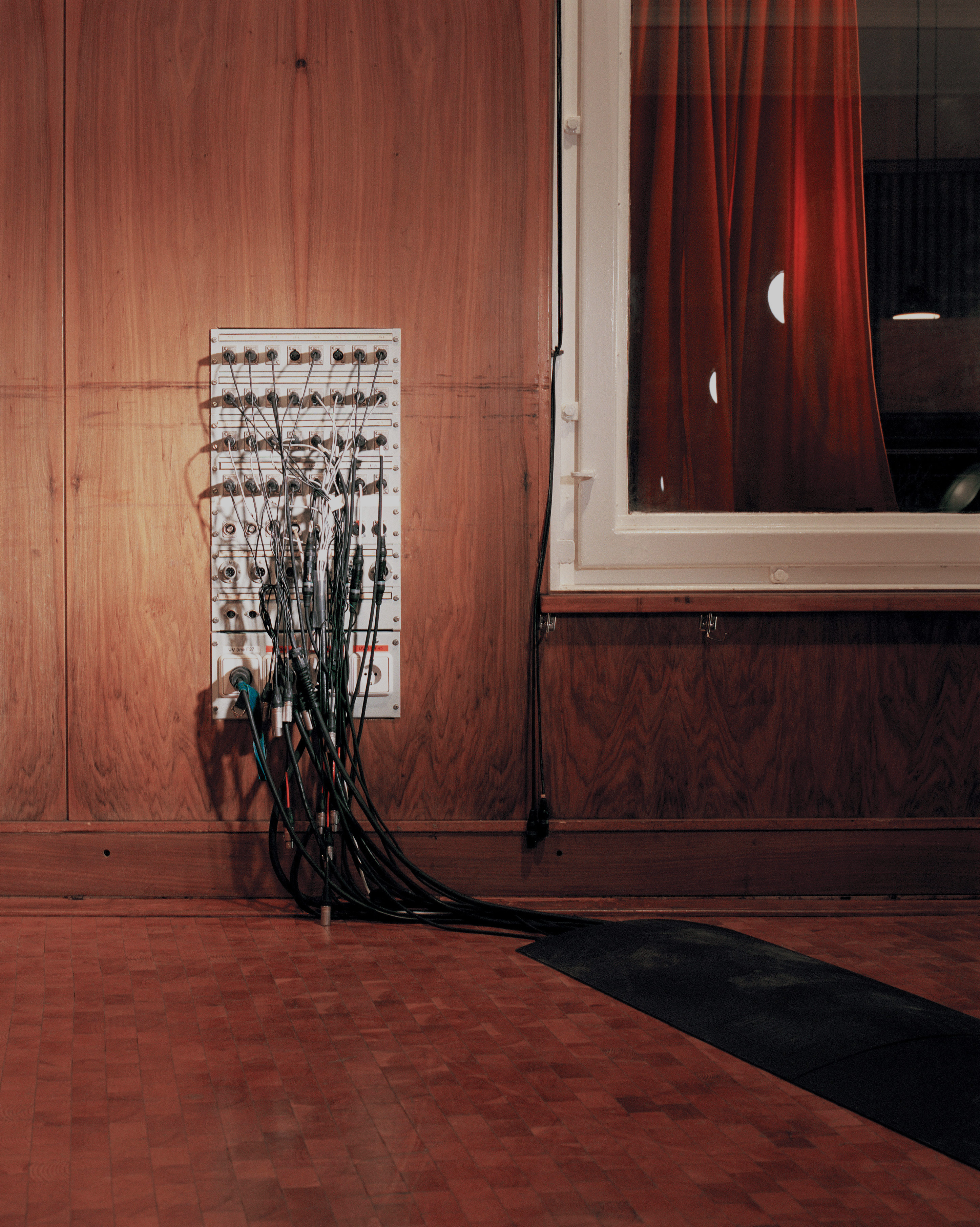The PSP E27 is a multi-stage equalizer plug-in modeled after the Avedis Audio Electronics 500 Series E27 [Tape Op #121] units. Also included is the PSP E27 SE, a simplified version of PSP E27. Note, the SE is not a lighter resource version though. It's a streamlined GUI for the same audio engine, making it ideal for occasions when simple adjustments are required. Avedis Audio Electronics has approved all of the graphics, functionality, and sound of this plug-in.
By default, the E27 presents three EQ bands per channel, but can double to six bands pressing the X2 button. Each non-overlapping band has nine selectable frequencies. Gain control affects the amplitude of boost/cut as well as the Q width. The more significant the gain change, the narrower the Q bandwidth. Geeks refer to this as "relative Q." Something that PSP should showcase more: the plug-in also includes the PA11, a unique module for preamp processing and external control for the E27. This preamp stage features component drive control, high-pass filter, master output level control, and a DRIVE feature to increase input while decreasing output. Internally, the code oversamples source audio for an improved high-frequency response.
I got beautiful results with the PSP E27, even in mastering. It saved the day on a guitar-focused release for metal band Through These Walls. In that instance, I used the unit in Mid/Side mode to showcase the guitar work of the tracks. I'm still impressed that substantial gain levels (I would rarely use in mastering) worked well with this plug-in, but I wanted to test it against real-world inspiration.
Fortunately, Greg Gordon (still recovering from his Grammy win for Ghost's Best Metal Performance) was willing to haul his personal Avedis E27 hardware EQs over for comparison. We started by matching the same settings on the GUI as we had established on the hardware. For some sources the sound was dead-on similar, especially single band EQ changes. But on a two-channel mix, we could not get the overall sound to gel the way the hardware does. Vexed, I went to get a pint of coffee while Greg tweaked settings. Having experience with the equipment and knowing that variations of physical components can make eyeballing controls an unreliable approach, Greg kept at it. After a few minutes I heard him exclaim "that's it!" and I came running down the hall. Through careful adjustments of the gain stage and application of the transformer emulation, he was able to get the hardware and software very close.
Specifically, Greg shared these debriefing notes for fellow Tape Op readers; "My feeling was the plug-in midrange felt very close to the hardware. The top on the plug-in was smooth and musical, though not quite as open as the hardware, but still close. The bottom felt a bit tougher on the hardware. However, these observations were with no modification of the amp or transformer settings on the plug-in. This initial comparison was just EQ versus EQ. After going into the PA11 section and driving it a bit, we could match very closely. With no drive, it felt like an excellent plug-in – clean and relatively transparent. After playing with the drive in combination with the EQ, everything took on a very analog feel. For my own work, I have a stereo set of the hardware, but when I need more channels, I will turn to the PSP E27. I've used the plug-in for high-end air and clarity on vocals and snares with much success. I like the hardware feel to the interface rather than the typical 'graph with a line.' This presentation appeals to my sense of tradition and simplicity. It feels like a console module that you tweak by ear instead by eye. I'm generally not at all into digital plug-ins for equalization. I prefer to get my tone from compression, hardware, and simple filters. But there are few plug-in EQs that I trust enough to keep in my "go-to" box: Avedis E27 is now undoubtedly one of them. It just sounds musical."
Since the release of the Vintage Warmer [Tape Op #29], I've been a fan of the offerings from PSP Audio. Other than non-available vintage units, the Polish company has done little or no plug-in emulations before the Avedis partnership. We are fortunate that they undertook this project. Whether for mixing or mastering, you can get a lot of tone and vibe out of this plug-in. I highly recommend it, and so does Greg! Available in VST3, VST, AAX and RTAS for Windows; AudioUnit, VST3, VST, AAX and RTAS for Mac OSX.




_disp_horizontal_bw.jpg)